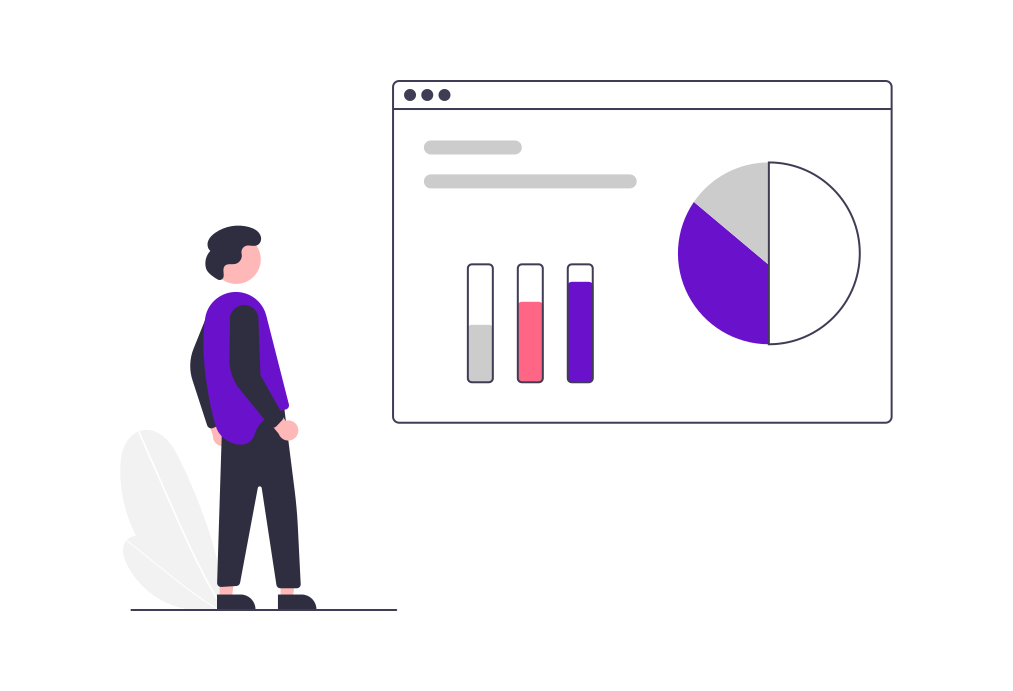In the dynamic world of financial services, effectively segmenting your B2B customers is crucial for tailoring your marketing strategies and achieving business goals. This guide explores the importance, methods, and best practices for B2B customer segmentation in financial services, helping you maximize your marketing efforts and drive targeted campaigns.
Why B2B Customer Segmentation Matters
Customer segmentation is the process of dividing a broad customer base into smaller groups of individuals with similar needs, characteristics, or behaviors. In B2B financial services, segmentation enables businesses to:
- Enhance Personalization: Tailor marketing messages and services to meet the specific needs of different segments.
- Improve Customer Retention: By understanding the unique requirements of each segment, you can develop strategies that enhance customer satisfaction and loyalty.
- Optimize Resource Allocation: Focus your marketing and sales efforts on the most profitable and promising segments.
- Increase Competitive Advantage: Stay ahead of the competition by addressing the distinct needs of your diverse customer base.
Key Segmentation Criteria
To effectively segment your B2B customers, consider the following criteria:
-
Firmographics:
- Industry: Classify customers based on the industry they operate in, such as banking, insurance, or investment.
- Company Size: Segment by the number of employees or annual revenue.
- Geographic Location: Consider the location of the company’s headquarters and branches.
-
Behavioral Data:
- Purchase Behavior: Analyze the frequency, volume, and type of services or products purchased.
- Engagement Level: Measure how actively customers interact with your brand through various channels.
-
Needs and Preferences:
- Service Requirements: Identify the specific financial services each segment requires.
- Technology Adoption: Determine the level of technology use and digital transformation within the company.
-
Customer Value:
- Lifetime Value: Calculate the projected revenue a customer will generate over the course of their relationship with your company.
- Profitability: Assess the profitability of each customer or segment.
Steps to Implement B2B Customer Segmentation
-
Data Collection:
- Gather data from various sources, including CRM systems, financial records, and customer interactions.
- Ensure the accuracy and completeness of the data.
-
Data Analysis:
- Use advanced analytics and AI-powered tools to process and analyze the data.
- Identify patterns and trends that can inform your segmentation strategy.
-
Segment Definition:
- Define clear and distinct segments based on the criteria identified.
- Ensure that each segment is large enough to be viable but specific enough to be meaningful.
-
Segmentation Validation:
- Validate the segments by testing them against real-world scenarios.
- Adjust the segments as needed based on feedback and performance metrics.
-
Targeted Strategy Development:
- Develop customized marketing and sales strategies for each segment.
- Tailor your messaging, channels, and offers to the unique characteristics of each group.
-
Implementation and Monitoring:
- Implement your segmented strategies through targeted campaigns.
- Continuously monitor the performance of each segment and adjust your approach as necessary.
Best Practices for Effective Segmentation
- Leverage Technology: Utilize advanced analytics, AI, and machine learning tools to enhance your segmentation efforts.
- Ensure Data Quality: Regularly update and cleanse your data to maintain accuracy.
- Stay Flexible: Be prepared to adjust your segments and strategies as market conditions and customer needs evolve.
- Integrate Across Channels: Ensure a consistent approach across all marketing and sales channels.
- Focus on Insights: Use segmentation to gain deeper insights into customer behavior and preferences.
Conclusion
B2B customer segmentation in financial services is a powerful tool for enhancing personalization, improving customer retention, optimizing resource allocation, and gaining a competitive advantage. By following the steps and best practices outlined in this guide, financial service providers can effectively segment their customer base and drive more targeted and successful marketing campaigns.


